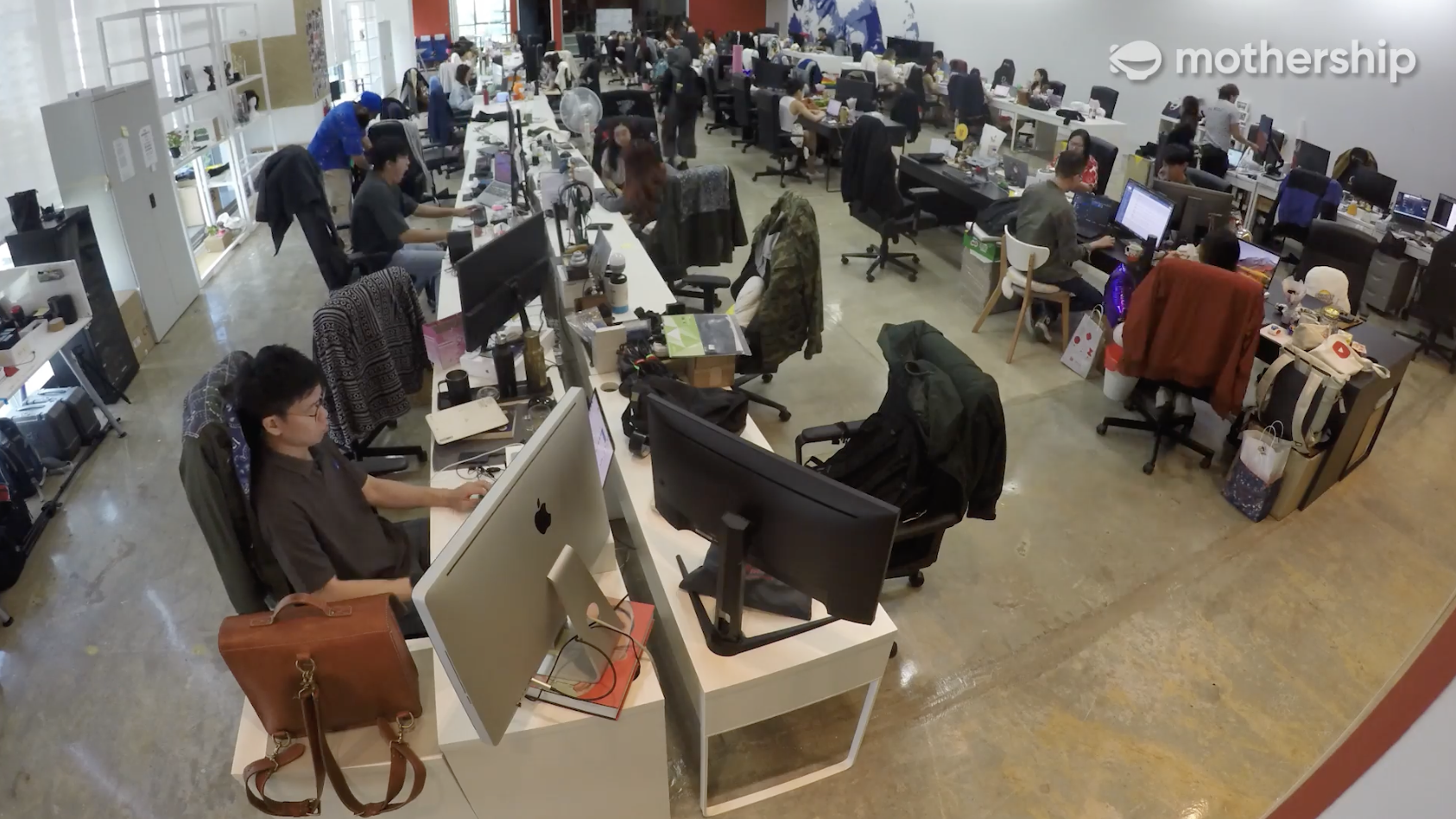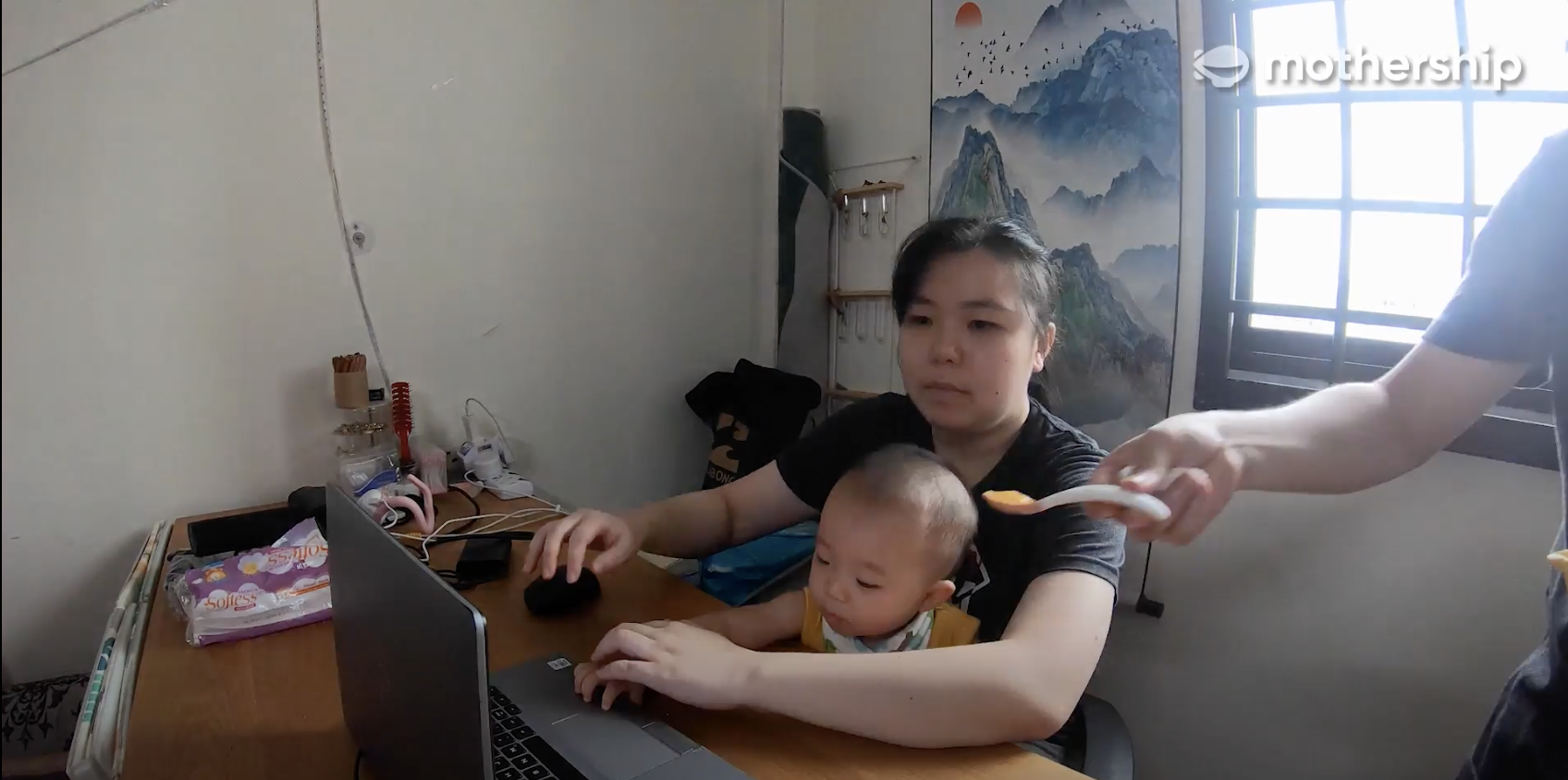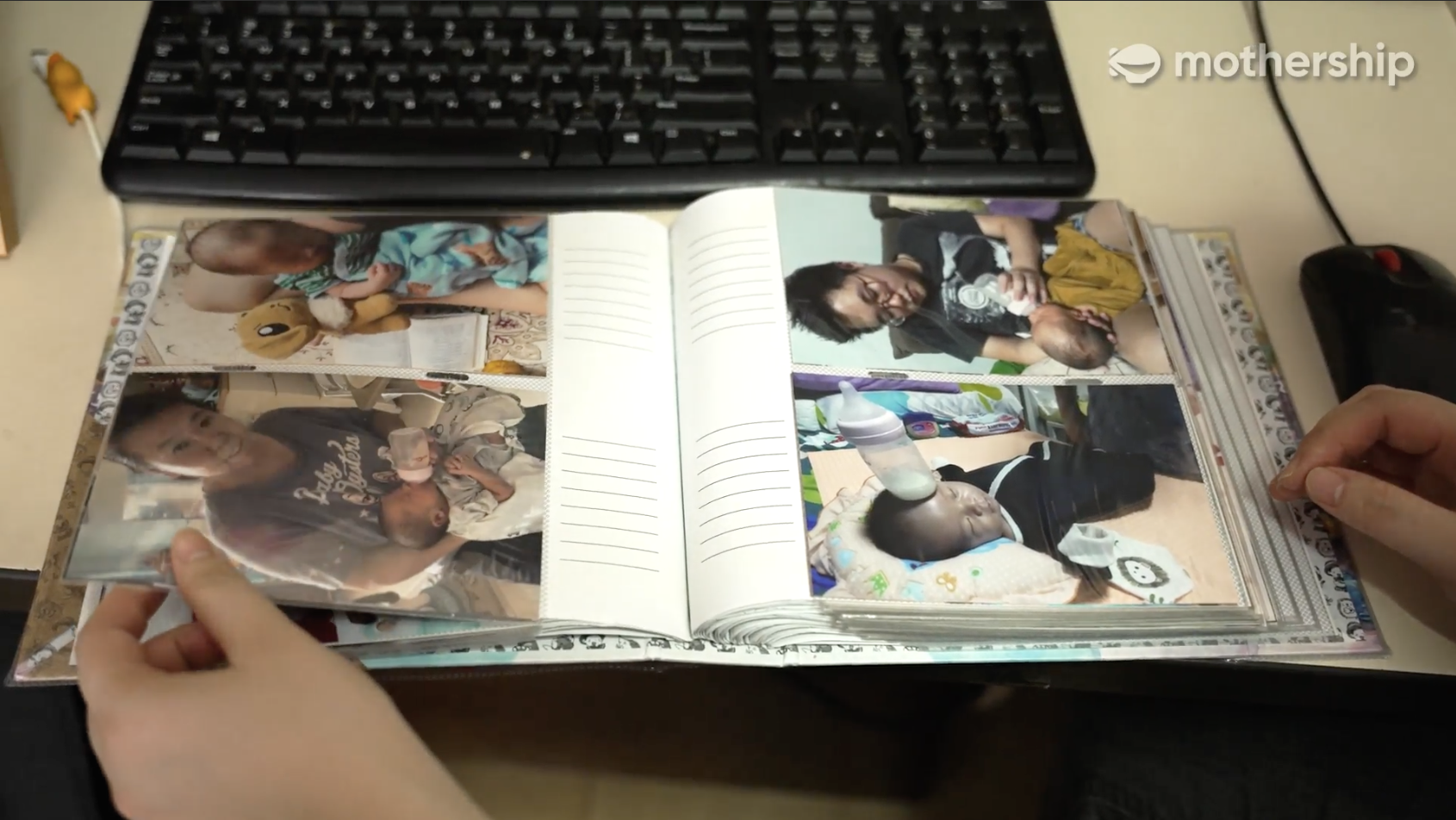If there is one positive thing that came out of the pandemic, it is that people are now more open to Flexible Work Arrangements (FWA), such as remote-working.
According to a study conducted by IPS in 2022, 41 to 52 per cent of workers felt that “FWAs should be the new norm in Singapore”.
More companies are embracing flexible working arrangements too, according to statistics that were given by Minister of State for Manpower Gan Siow Huang in March this year.
In 2019, seven in 10 employees worked in firms that provided at least one form of FWA. That proportion rose to nine in 10 in 2021.
FWAs are expected to be even more commonplace once the Tripartite Guidelines for Flexible Work Arrangements are introduced.
If you’re wondering how FWAs are applicable to you, here’s how two employees from different companies found a suitable FWA that worked for them.
Difficult to broach the topic initially
Josiah Ng, a video producer at Mothership, starts work an hour earlier across the week, and ends work earlier (around lunchtime) on Mondays.

This particular FWA is called staggered time (we’ll touch more on this later).
Ng shared that the arrangement came about as he needed to fetch his son to and from his therapy sessions on Mondays.
But this journey was not an easy one for Ng.
He found it difficult to broach the topic with his employers initially, as Ng knew that “Mondays can be hectic for everyone” when it comes to work.
“I also didn’t want to seem like I was skiving, or that I was putting other things above what my work responsibilities are supposed to be.”
Even after the FWA was implemented, Ng found himself worrying about work while he was tending to his son’s needs.
Shift-work from the comfort of home
Like Ng, Joyce Tan has to juggle work and caring for her young son.
Tan, who is a human resources executive at Works Applications Singapore, forms a tag team with her husband when it comes to their daily parenting responsibilities.
“Basically, I’ll interchange with my husband all the way until night time.”
She is able to stay productive when it comes to work as there is usually someone at home to help her with the baby, be it her husband or her in-laws, whom she is staying with.

After her son is asleep, Tan moves on to her “second shift” – finishing up her work, uninterrupted this time, “just to make sure everything for the day is done”.
Tan’s employer, Tsuchiya Eiji, believes that a “better environment makes for happier employees,” which will result in better output.
Tan agreed with Eiji and was evidently happy with the arrangement as she recounted how working remotely enabled her to witness many milestones in her son’s development, such as the first time he rolled over, stood up and tried speaking, just to name a few.

Initiate conversations and create safe space
To draw healthy boundaries with his work, Ng had to remind himself that systems have been put in place in light of the arrangement.

Learning to trust in his fellow colleagues and their ability to manage while he was away, was also key in helping Ng overcome his personal barriers.
Through his experience, Ng feels that employers can better support working fathers by initiating conversations about their needs and creating a safe space for discussions to take place.
There’s more, but not all
If you’re keen to hear Ng and Tan share their FWA stories, watch the video below.
Beyond the two arrangements that they have adopted, there are many other FWAs that you can consider.
Judith Alagirisamy, Senior Manager at TAFEP shares that it is crucial for employers “to find creative solutions that meet the needs of your organisation goals, as well as those of your employees”.
Here are a few:
Part-time work
As its name suggests, part-time work means employees will work reduced hours (less than the conventional 35-hour work week) in a week, on a regular basis.
This type of FWA, categorised as flexi-workload, suits employees who would like to pursue further studies, or employees who are also parents and would like to devote more time to caring for their children.
TL;DR: Remember when you were younger and worked part-time while studying? It’s essentially the same (but corporate, and you’re an adult).
Job-sharing
Job-sharing allows two or more part-time employees to split the responsibilities of one full-time employee under one of these three arrangements:
- Shared responsibility
- Divided responsibility
- A mix of shared and divided responsibilities
This FWA is helpful if you’re returning to work, or coping with other commitments (e.g. caring for an elderly parent or child).
TL;DR: Teamwork makes the dream work.
Staggered time
Staggered time is the FWA which Ng adopts.
This FWA allows for flexibility in choosing what time you start and end work, in order to accommodate your work and personal commitments better.
More often than not, this arrangement comes with a designated “core-time” during which you must work.
Some employers offer the option to carry over excess or deficit hours to the next accounting period.
TL;DR: If you start late, you end late. If you start early, you end early.
Flexi-hours
This FWA provides employees with the freedom to work at any time of the day, and on any day of the week, as long as the stipulated hours are completed within the work week.
The stipulated hours of work (e.g. 20 hours per week) will need to be agreed upon between your employer and yourself beforehand.
If you’re wondering what the difference between staggered time and flexi-hours is, we got you.
Flexi-hours are more common in jobs where work is not heavily dependent on meeting colleagues or clients at specific times of the day.
TL;DR: Own Time, Own Target (but with your employer’s approval).
Compressed work schedule
While this may be another FWA related to working hours arrangement, it’s quite different from the previous two.
A compressed work schedule sees you committing to full-time hours (e.g. 40 hours in a week), in a regular work week, but in fewer days.
This type of FWA may not be suitable for everyone, especially if you’re required to be physically present at your job constantly.
TL;DR: Very customisable in terms of scheduling, if your job allows for it.
No one-size-fits-all solution
Whether you’re an employee or employer looking to enhance your working experience, remember that there is no one-size-fits-all solution.
Alagirisamy stressed that more importantly, employees need to have frequent and clear conversations with one’s manager to find out which FWA works best for you.
Read more about the various FWAs here.
This sponsored article by TAFEP made this author more aware of FWAs that she can discuss with her bosses.
Image screenshots via Mothership video
If you like what you read, follow us on Facebook, Instagram, Twitter and Telegram to get the latest updates.

